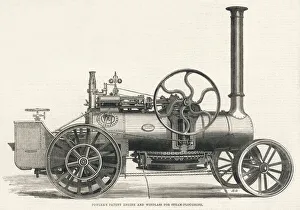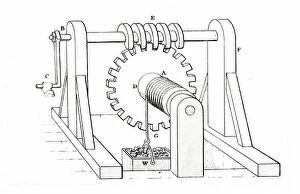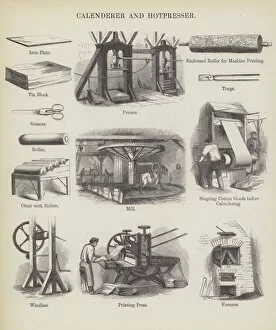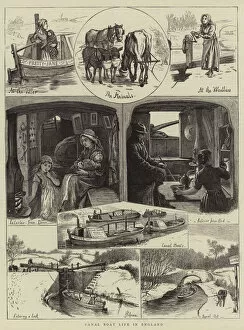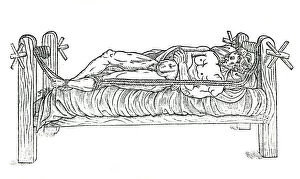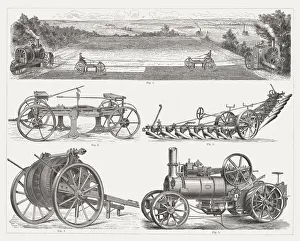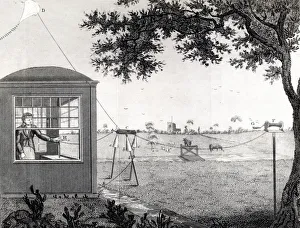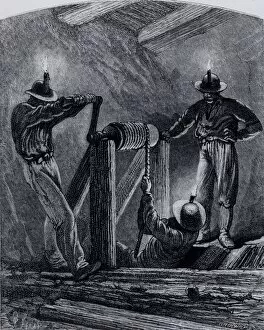Windlass Collection
"The Windlass: A Journey Through Time and Innovation" Step into the world of windlasses, where ancient mechanisms intertwine with modern marvels
All Professionally Made to Order for Quick Shipping
"The Windlass: A Journey Through Time and Innovation" Step into the world of windlasses, where ancient mechanisms intertwine with modern marvels. From Fowlers Steam Engine to the Crossbowman's tool, this caption takes you on a captivating ride through history. Engraved by Serra after a 14th-century codex, witness the skillful craftsmanship of a crossbowman as he operates his weapon using a windlass mechanism. The precision and power behind each shot are awe-inspiring. Venture further into innovation as we explore "The Great Britain" steamship's interior. An engraving that showcases how windlasses played an integral role in propelling this magnificent vessel across vast oceans, revolutionizing travel forever. Delve into the industrial era with images of Calenderers and Hotpressers hard at work. These engravings depict their reliance on windlasses for efficient production processes, highlighting their importance in various industries. Discover De Machinis' ingenious method of supplying water through an intricate diagram. Windlass mechanisms were employed to draw water from wells or reservoirs, providing essential resources for communities throughout history. Ancient Armour reveals yet another application of windlasses - cocking crossbows effortlessly. This illustration demonstrates how these devices made it possible for warriors to unleash deadly projectiles with ease during battles long ago. Witness the strategic defense tactics employed in medieval times as chains guarded street entrances against intruders. The strength and reliability of windlass-operated chains ensured security within city walls. Marvel at Hoghton Tower's grandeur; Sir James de Hoghton's seat stands tall amidst lush landscapes. Windlasses were instrumental in constructing such architectural wonders, lifting heavy materials to create majestic structures like these. Embark on canal boat life in England through evocative engravings capturing daily routines along serene waterways. Here too, windlasses proved indispensable when navigating locks or hauling cargo along these vital transportation routes.

